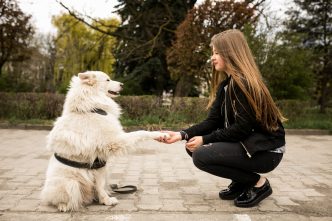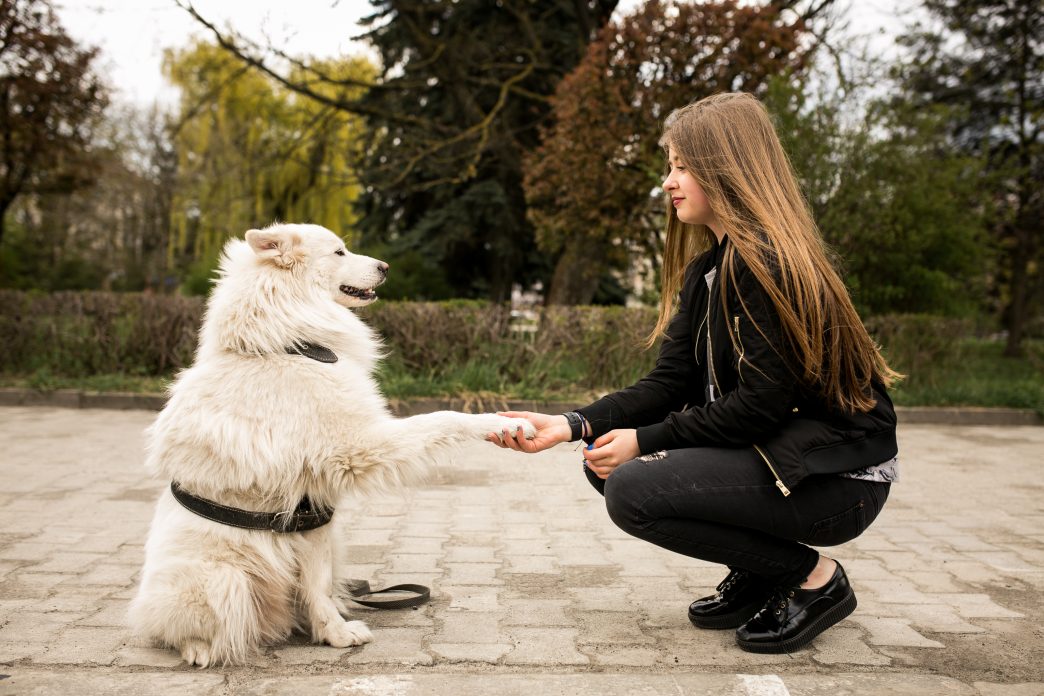Training your pet is essential for building trust and a healthy bond, whether you have a dog, cat, or another companion animal. The right approach ensures positive results, but many owners unknowingly make mistakes that slow learning or lead to unwanted behaviors. Here are the most common training errors and tips to avoid them.
1. Being Inconsistent
Mistake: Allowing your pet to follow rules sometimes but not others—like letting them jump on furniture occasionally—can confuse them.
How to Avoid: Set clear rules and ensure all family members follow them consistently. Pets learn best when rules are clear and unchanging.
2. Not Rewarding or Correcting Immediately
Mistake: Delayed rewards or corrections can confuse pets, as they don’t link the action with the response.
How to Avoid: Respond immediately to good or unwanted behavior. Quick feedback helps your pet understand what is acceptable.
3. Relying on Punishment Instead of Rewards
Mistake: Punishing mistakes rather than rewarding positive behavior can create fear or insecurity.
How to Avoid: Focus on positive reinforcement. Use treats, praise, or play to reward desired behavior, encouraging your pet to repeat it.
4. Expecting Too Much, Too Soon
Mistake: Expecting immediate results can frustrate both pet and owner.
How to Avoid: Be patient and realistic. Break training into small, achievable steps, considering your pet’s age, breed, and personality.
5. Training Sessions Are Too Long
Mistake: Overly long sessions can tire or demotivate your pet, especially young or energetic ones.
How to Avoid: Keep sessions short and engaging—5–10 minutes, several times a day. This maintains focus and motivation.
6. Ignoring Undesirable Behavior
Mistake: Inadvertently rewarding bad behavior, like giving attention when your dog jumps, even if you scold them.
How to Avoid: Redirect attention to desired behavior. Reward your pet only when they act appropriately, like sitting calmly.
7. Using Complicated or Inconsistent Commands
Mistake: Switching words or tones for the same command can confuse pets—for example, saying “sit” and “sit here” differently.
How to Avoid: Use clear, simple commands with consistent tone. Ensure all family members use the same words.
8. Ending Training at the Wrong Moment
Mistake: Stopping when your pet is frustrated or misbehaving can reinforce unwanted behavior.
How to Avoid: End on a positive note, even with a simple command your pet already knows. Reward them to make training enjoyable.
9. Neglecting Exercise and Mental Stimulation
Mistake: Pets lacking physical and mental activity may become disinterested or develop destructive habits.
How to Avoid: Provide sufficient exercise and interactive challenges before and during training. A tired but happy pet learns better.
10. Ignoring Your Pet’s Personality
Mistake: Applying the same training methods to all pets ignores their individual needs.
How to Avoid: Tailor training to your pet’s temperament, age, and physical abilities. Observe reactions and adjust methods accordingly.
Conclusion
Pet training requires patience, consistency, and understanding. Avoiding these common mistakes helps your pet learn effectively while strengthening your bond. Focus on positive reinforcement, adapt to your pet’s needs, and remember that each training session is an opportunity to foster a happy, well-adjusted companion.
Photo: Freepik
















